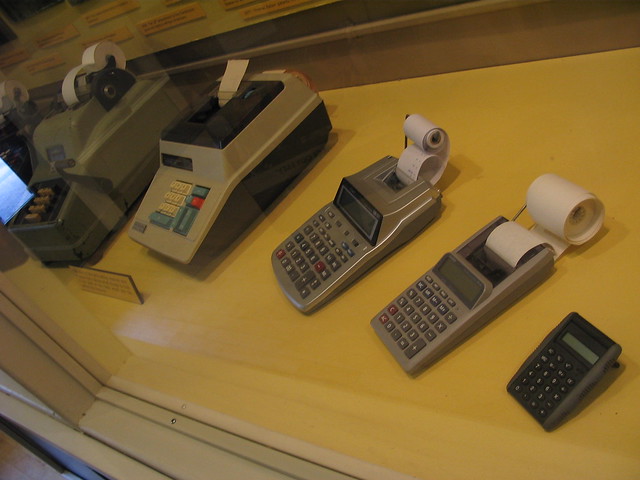Focus
Question: What are differentiated instruction (DI) and universal design for
learning (UDI)?
Universal design
for learning is another approach to help teachers change instructional
practices and classroom structures to promote learning success for every
student. Every student can benefit from a wide and varied range of educational experiences
that can advance the potential of student’s ability to learn. By designing different
styles of learning it becomes a huge impacting on the students learning goals.
Tech Tool:
Extra-Large and Online Calculators
 |
| Photo credit to Ian Ruotsala from flickr |
Summary
& Conclusion:
Chapter 10
begins with explaining how computer technologies help expand opportunities for
teachers to meet the learning requirements for all students, regular and
challenged. Technologies used for special needs students can also be a learning
strategy for regular students. This allows them a different techniques to learn
material and also helps teacher’s incorporate all there students, whether they’re
challenged or regular. In concluding the chapter it speaks about ideas for integrating
technology into the teaching of writing. One of the ideas given is that as
teachers we are to convince students that they are writers and that they must
believe that the words and pictures that are in their heads are interesting. Inspiring
and energizing our students to write means individualizing the parts of
writing. One way to do so is to read aloud a story and meanwhile explain to the
children why they the author used the type of grammar they used.
Teaching
children with several technologies can benefit them in many ways. I believe that
every teacher should incorporate at least two or more learning styles or
technologies when teaching a lesson. Even explaining to the children what
grammar is being used while reading aloud is a good strategy. One thing I really
liked about this chapter is that the tech tool 10.1 was about calculating
things and how they said that you can you use different methods in teaching
your students how to calculate and not have them relying on calculators.
Excellent post! :) Not only do you explain the concepts from the chapter, but you make great connections to your own thoughts and ideas - great writing and exactly the purpose of these blog posts. I like seeing your learning growth in this class, as evidenced here. :)
ReplyDelete